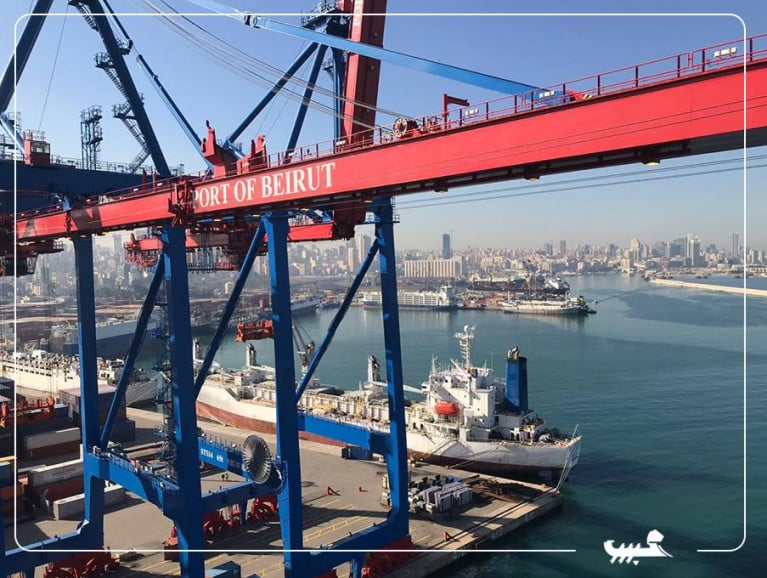Displaying items by tag: Port of Beirut
Lebanon: Port of Beirut's Container Terminal Resumes Operation
At the Port of Beirut the container terminal has reopened a week after an explosion that devastated much of the Lebanese capital.
The first two containerships to call at the port, LloydsLoadingList reports, berthed on August 10 as the box terminal began to resume operations.
The 2,670 (teu) Electra A, owned and operated by Turkish operator Arkas, had been sitting at the Beirut anchorage for two days. It has since left and is en route to Iskenderun.
"We discharged and loaded all full containers as planned without exception," a spokesman for Arkas said. "The surprising and pleasing news for us was that no damage was reported on any full export container. However, we cannot yet say the same for empty containers.
`While the operation of MV Electra A was going on, the conditions of the empty containers was not clear yet. Therefore, empty containers were not loaded on this call."
He added that while the crew were not allowed ashore, the ship's master reported that the east part of the terminal was in good condition.
More on this development here at the west Asian port on the shores of the eastern Mediteranean Sea.
























































